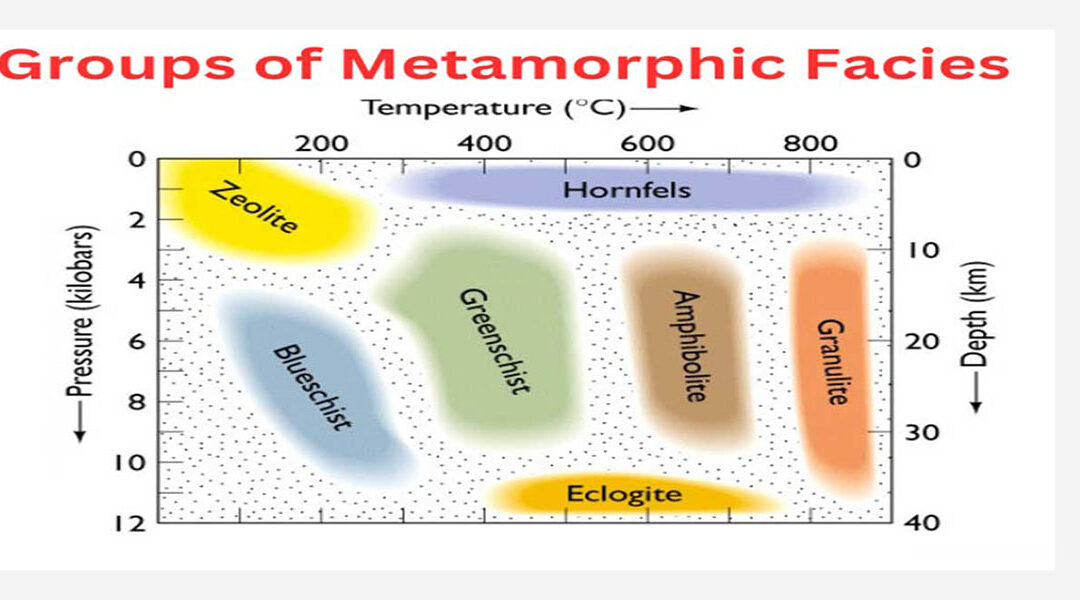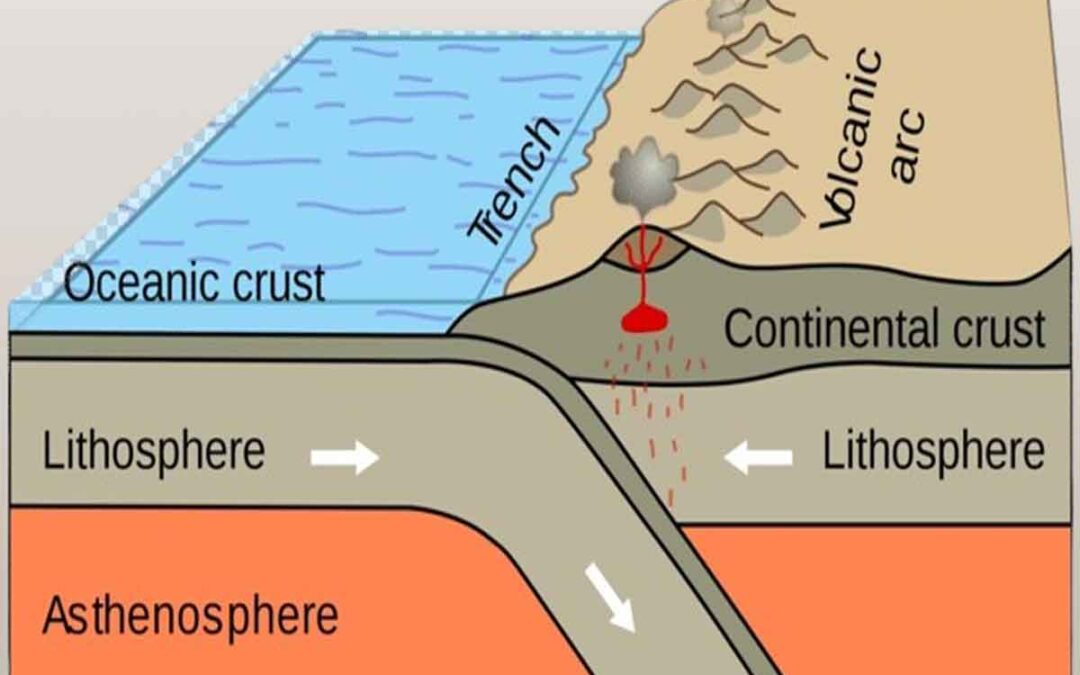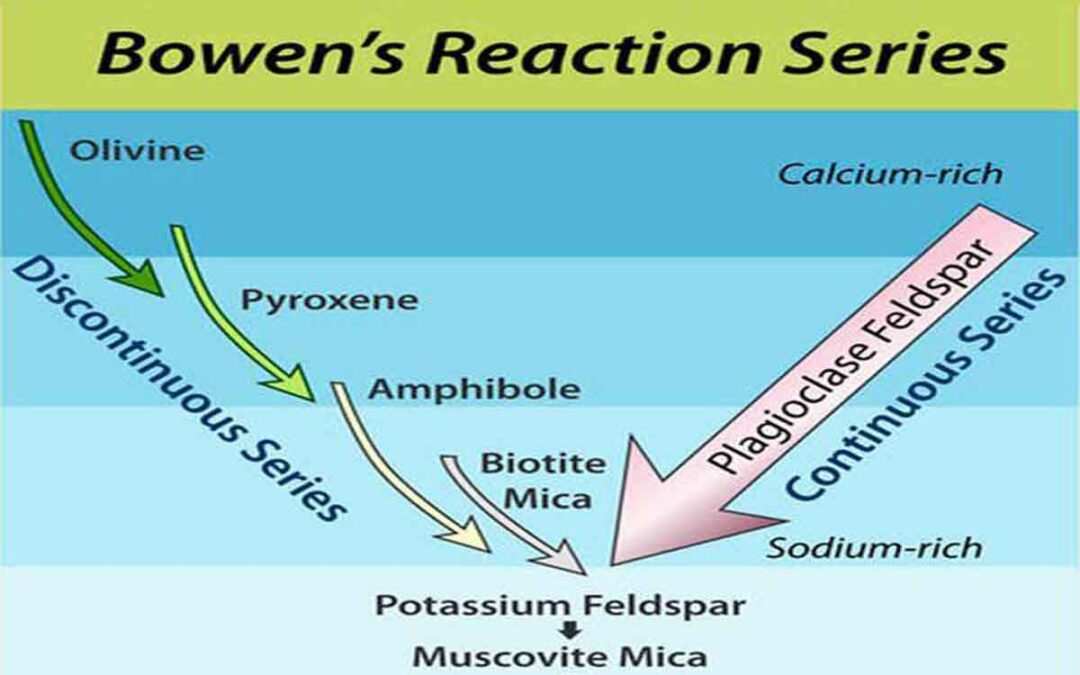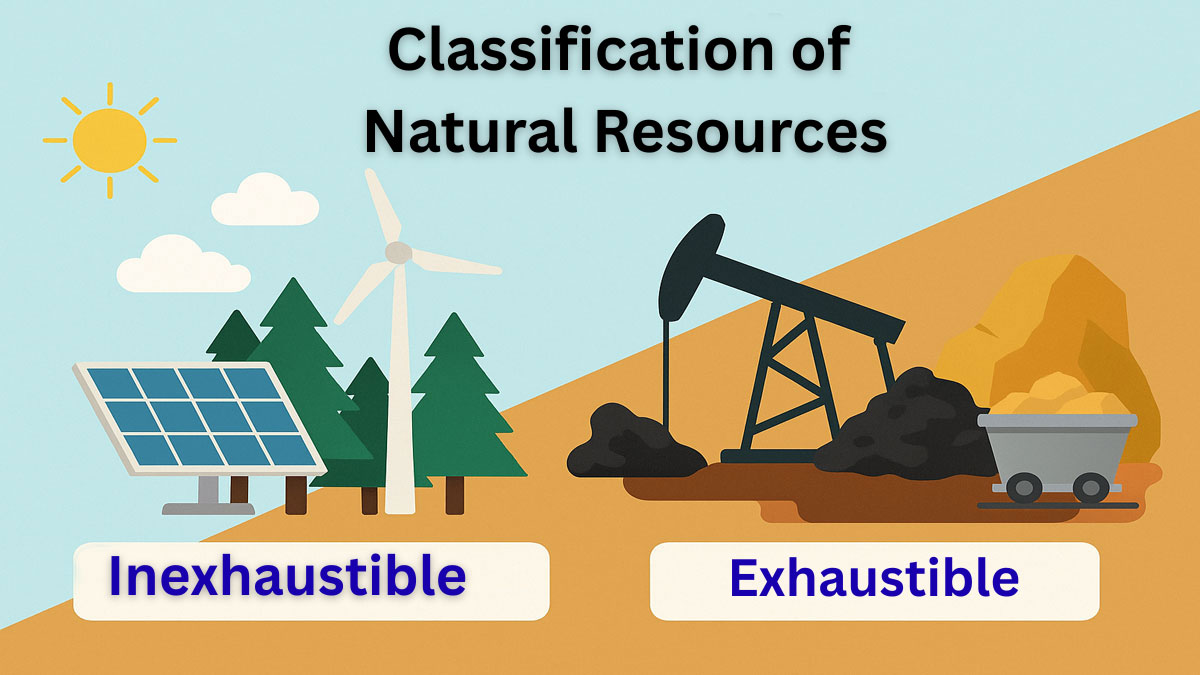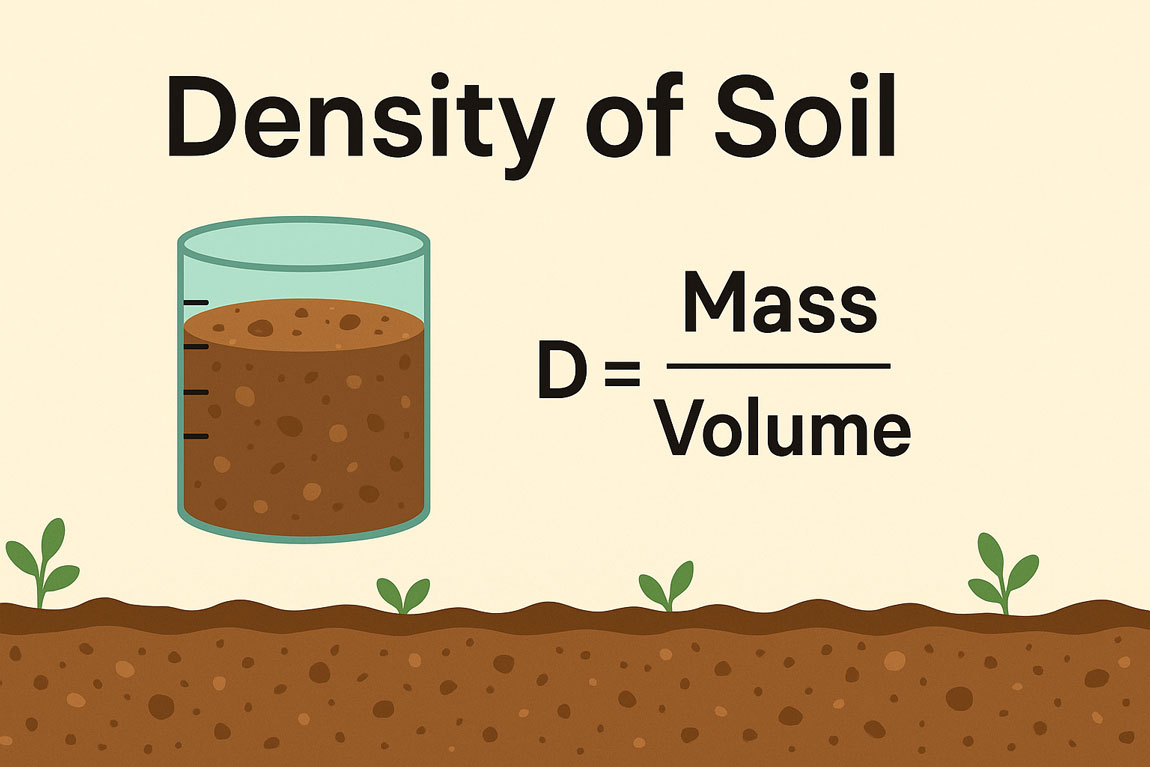
by Gelogia Team | Feb 8, 2025 | Structural Geology, Uncategorized
What are Metamorphic Facies? A metamorphic facies consists of metamorphic mineral assemblages that repeatedly develop in rocks with various bulk chemical compositions across different locations and times, reflecting specific metamorphic conditions. If a rock forms...

by Gelogia | Jan 11, 2025 | Structural Geology
Oceanic crust, a complicated interaction of volcanic interest and tectonic forces, offers delivery to majestic seafloor landscapes. From awe-inspiring underwater mountains to enormous rift valleys, the oceanic crust is a tapestry of geological marvels. But its...

by Gelogia | Jan 9, 2025 | Structural Geology
Pyro clasts, derived from the Greek words “pyro,” that means fire, and “clast,” that means fragment, are critical additives withinside the observe of volcanology. These fiery fragments, produced all through volcanic eruptions, provide precious insights into the...

by Gelogia | Jan 6, 2025 | Structural Geology
Mineral deposits are natural concentrations of minerals that keep enormous costs for monetary and business utility. From gold and copper to uncommon earth elements, those deposits have formed industries and civilizations. This weblog explores the formation, types, and...

by Gelogia | Jan 5, 2025 | Structural Geology
Norman L. Bowen introduced Bowen’s Reaction Series in the early 1900s, explaining how magma cools and the order in which minerals crystallize. This series describes the methods geologists use to understand the formation of igneous rocks and expands our knowledge...

by Gelogia | Jan 3, 2025 | Structural Geology
Ore minerals are the spine of the worldwide mining industry, serving as the number one supply for the precious metals and factors crucial to our normal lives. These herbal assets play an important position in using technological development and assisting the increase...
